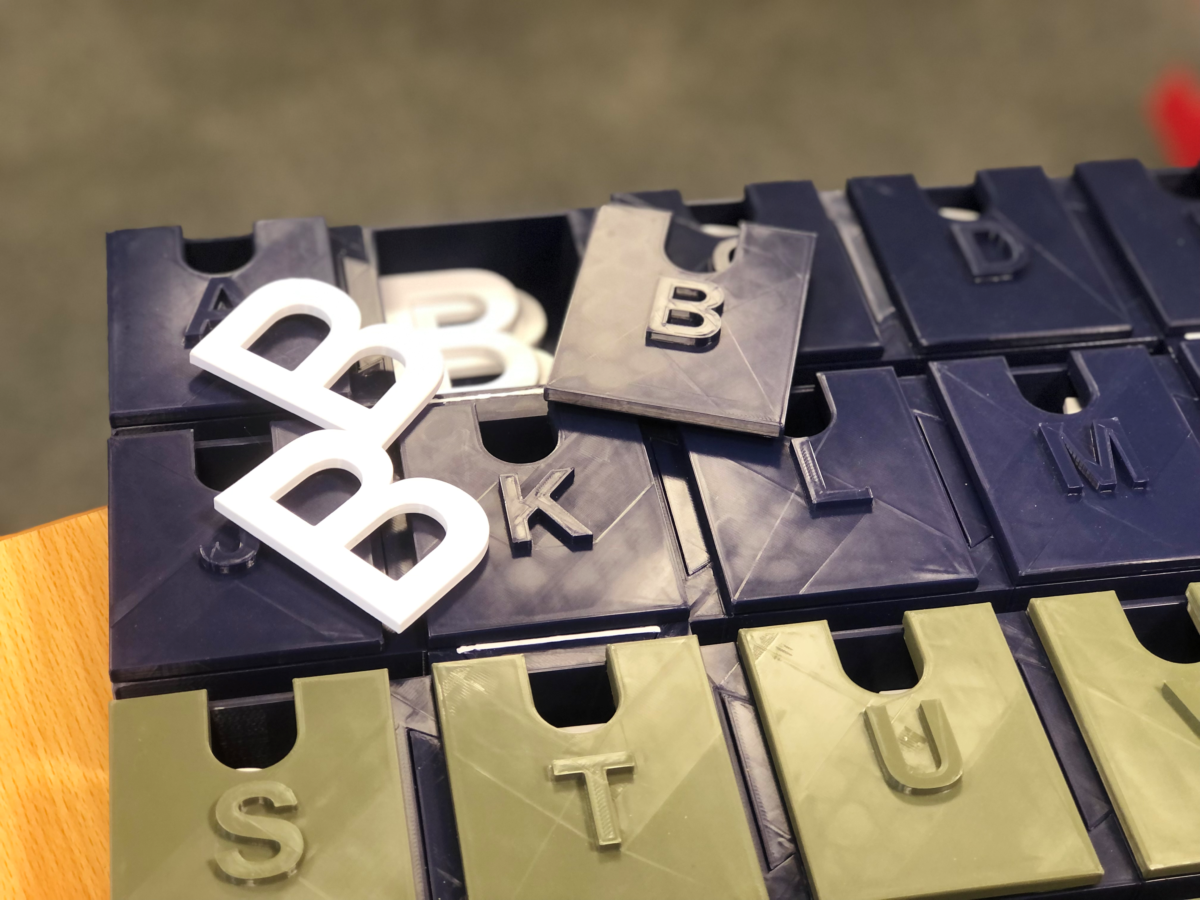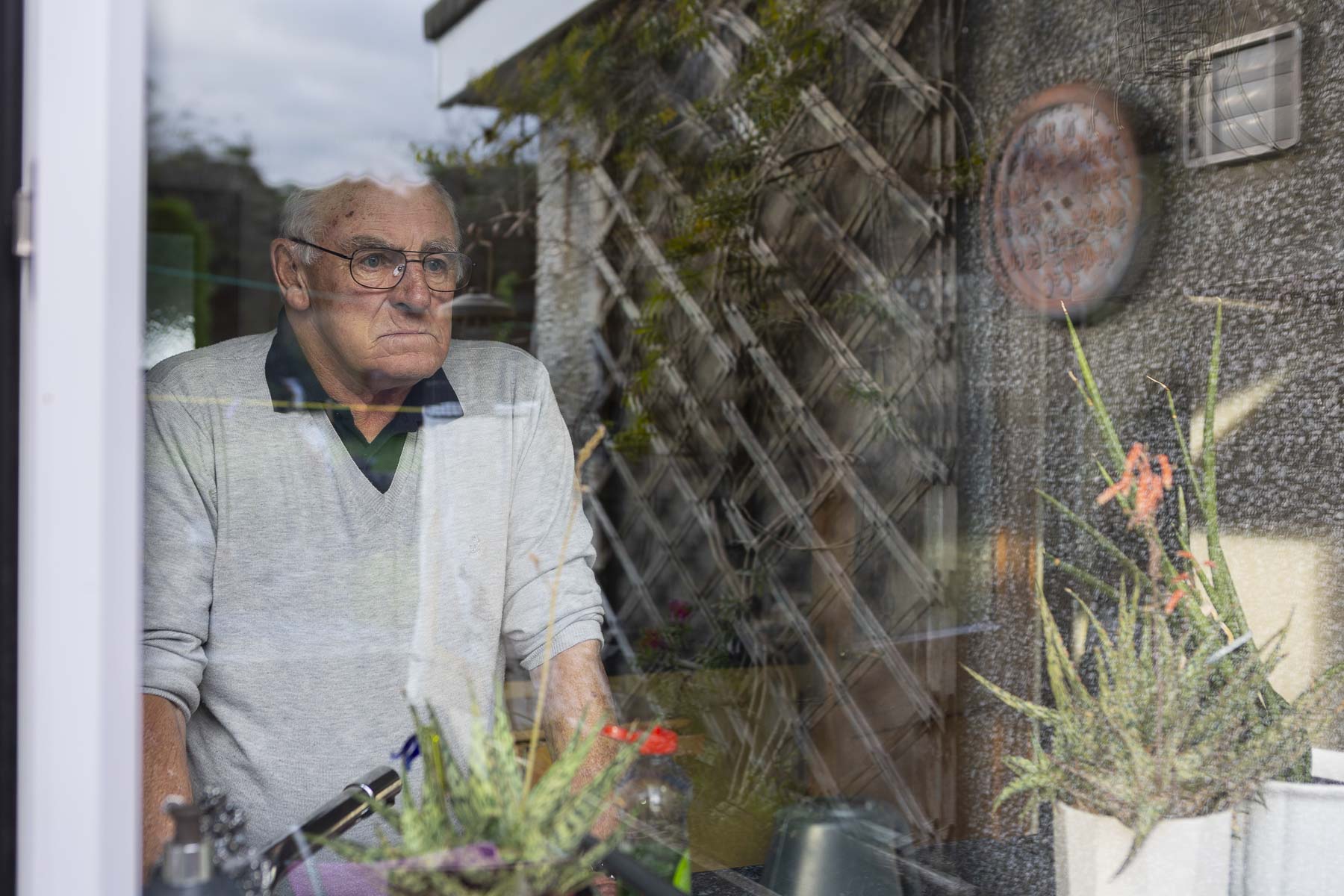A 3D printed device is helping people who are deafblind communicate without using sign language or deafblind manual.
Oliver* was born with very low vision and hearing loss. He uses hearing aids to make the most of the hearing he has left and relies on them to listen to his family, friends, and supporters.
Oliver lives at Rainbow Court, our assisted living residence in Peterborough. His hearing aids help him chat with the other residents and support staff and enjoy getting out and about.
A hearing aid is a small electronic device that’s worn in or behind your ear. They make sounds louder and clearer. Lots of people who are deafblind choose to use hearing aids because they reduce the effects of hearing loss.
In early 2023, Oliver’s hearing suddenly changed due to a medical condition. He woke up one morning with no hearing left at all. This would be a huge shock for anyone but, combined with Oliver’s low vision, he was suddenly cut off from his world.
Many people who become deafblind later in life communicate with touch using deafblind manual and block. Both involve tracing signs onto your hand to spell letters and words. Because Oliver was born with his sight and hearing loss and worn hearing aids his whole life, he’d always relied on speech rather than sign language or touch.
Oliver needed a different way to communicate – and quickly! Lorraine, who works for Deafblind UK, heard about his situation and shared Oliver’s story with her son-in-law, Luke. Listening to the situation, Luke was inspired and had a brainwave about how he could help. He went away and used his 3D printer to print a customised box comprised of individual cells for letters and numbers. Each cell contains 3D printed letter or number tokens inside and has a corresponding raised design on the outside. This tactile design makes it easy for the user to quickly tell what’s inside and spell out words and sentences.

Oliver and the support team at Rainbow Court have been using it to communicate by spelling out words from the letters that he can feel. He’s also using it to learn deafblind manual, and the support team are teaching him the signs for each letter with the help of the 3D printed letter shapes.
The 3D printed set has been a real help for Oliver and the team, and we’d like to say a big thank you to Lorraine and Luke for putting it together! Luke used a Creality printer to make it and donated his time, expertise, and the box itself to Deafblind UK.
At Deafblind UK, we’re excited about the practical applications of emerging technologies like 3D printing to create new opportunities for people who are deafblind. This 3D printed device is just one example of how technology can be personalised to create unique solutions for people living with sight and hearing loss.
Technology is a lifeline for many people who are deafblind – it creates social opportunities, helps with independence, and makes communicating easier. If you’re living with deafblindness or supporting someone who does, you can click here to find out more about our technology support service.
*We’ve used a different name to protect Oliver’s privacy.







